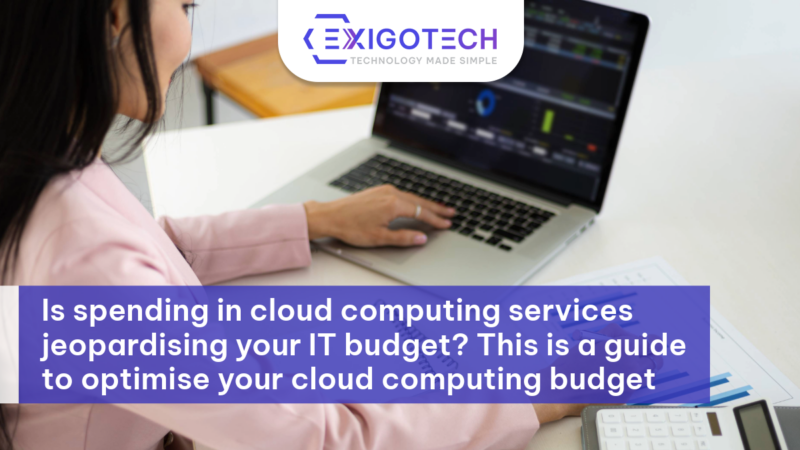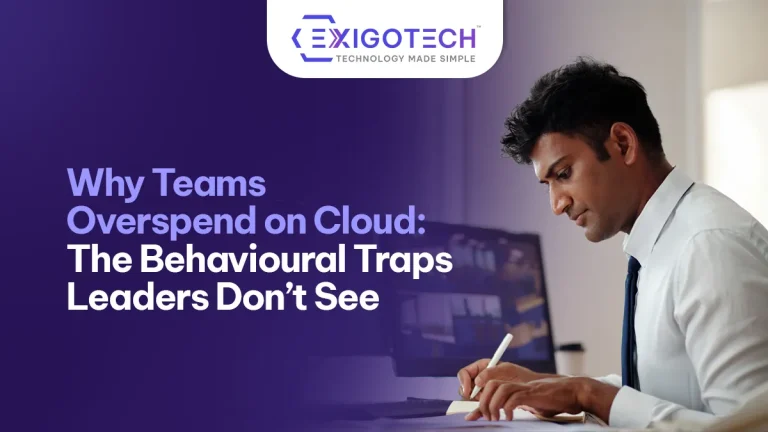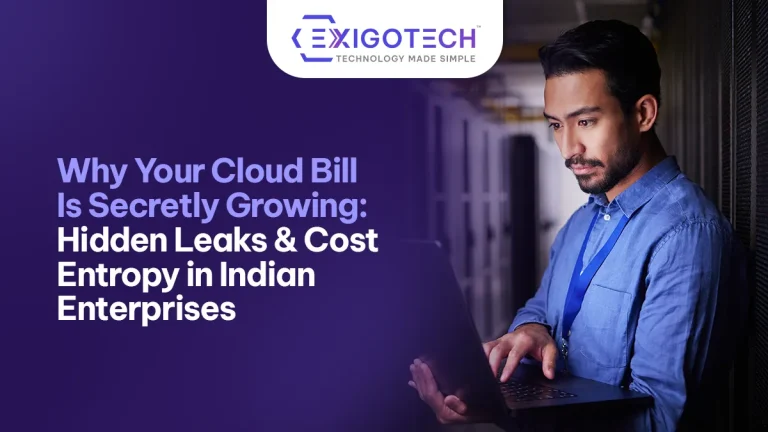Australian businesses are constantly improving themselves with the latest technology solutions. No matter what the business size is and the sector they belong to, business owners are including cloud computing, artificial intelligence, machine learning, automation and many others in their existing ecosystems. Inclusion of these certainly translates to hefty IT budgets. But there are some technologies such as cloud computing that are over utilising your budget. A report by Flexera states that more than 50% of enterprises are spending over $1.2 million per year on public cloud in 2019. The same organisation did a survey where 27% of the respondents answered that some of the money is wasted with cloud computing services.
Managing cloud services might be a tough task. But if you try and follow several simple steps then you will be able to utilise the cloud computing services without breaking the bank.
-
Have proper visibility on the utilisation of cloud services
Monitor the number of services you are using from your cloud service provider. Make a list of the departments that are using the cloud. Finding every minute detail might be difficult if the structure of your cloud is complex. Cloud service providers do let you know the exact expenses for their services, but they will not give a detailed description of the applications used or the workload, making it difficult for you to actually figure out the exact consumption. You can invest in several tools that enable you to record cloud spending daily without any major efforts.
-
Turn off the unused instances
Ensure that the unused instances are not left unattended or open. It is certain for the developers and IT executives to use a cloud computing resource for a short-term purpose and leave it as it is. This practice increases your cloud spending. You can get automated tools and applications to shut down the inactive storage spaces and solve the problem.
-
Tag the workloads
Ask your employees to tag every open instance according to its purpose. For example, make it a practice that every instance is tagged as development or production workload or the name of the application that is given for the cloud that is particularly used. Setting up this will allow you to judge the usage of cloud computing services.
-
Ditch the manual processes, include automation
Get automation software that allows you to track the usage of cloud computing resources across the entire company. Many organisations have turned to cloud for improving their infrastructure and reducing the costs. But they are not able to realise the benefits because of certain factors. Success of any cloud computing lies in its maturity and the tools that are used to manage it.
-
Use the autoscaling feature
Utilise the autoscaling feature to scale up or down the cloud computing resources according to your requirements. Doing so will help you prevent the use of unnecessary cloud resources and manage cost. This measure might be lucrative, but its programming requires sound knowledge of the cloud environment and you might have to do a few trials before you start reeling the results from it.
-
Take a systematic approach for your cloud cost management
Don’t rely on machines fully for the management of cloud spends. Hire the right kind of people who would draw out a strategic plan for you and give several suggestions to reduce the costs of the cloud environment. Your plan of action to prevent spending on cloud will include several basic steps such as:
- Plan Predict the actual amount of money you will require to maintain your cloud computing resources.
- Monitor Track your cloud spending at regular intervals and keep comparing it with you allocated budget to detect any discrepancies. If there are any, quickly devise a counter plan.
- Remove Eliminate the resources from your cloud computing environment which are unnecessarily increasing your investment.
- Optimise Leverage the discount given by the cloud service provider.
- Improve Review your cloud model often and improvise if required.
You can follow these tips and control your expenses in the cloud environment. You can also manage the expenses by designing a cloud infrastructure where you keep your present and future needs in mind and avoid the pitfalls coupled with the cloud cost management.
 Philippines
Philippines Australia
Australia Singapore
Singapore India
India Vivek Trivedi | Nov 28, 2019
Vivek Trivedi | Nov 28, 2019









